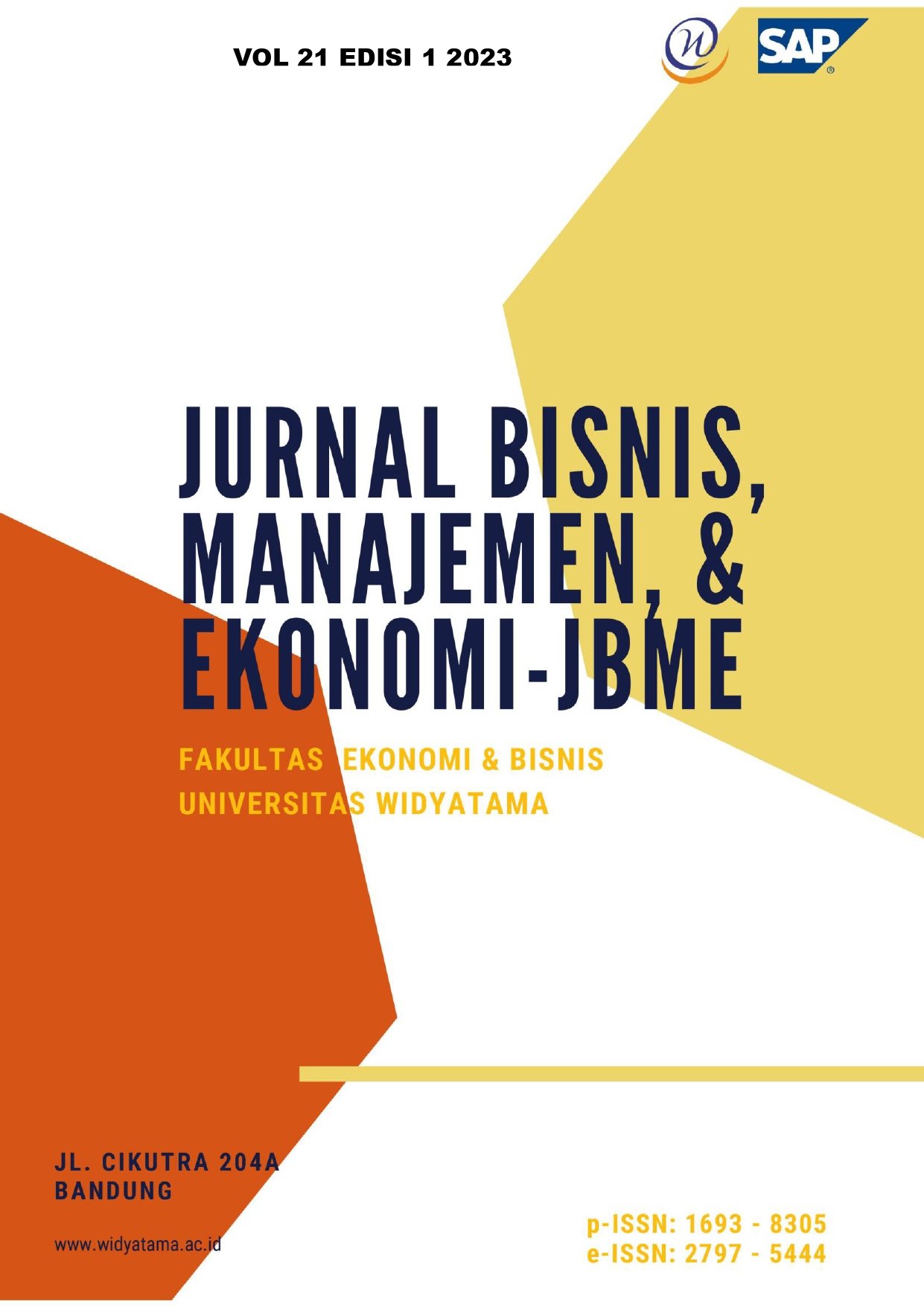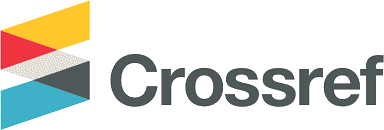LITERATURE REVIEW : PENGARUH BIAS TERHADAP KEPUTUSAN INVESTOR DALAM BERINVESTASI SAHAM
DOI:
https://doi.org/10.33197/jbme.vol21.iss1.2023.1049Keywords:
Investment Decision Making, Overconfidence Bias, Herding Bias, Representativeness BiasAbstract
Bias is a tendency for prediction errors (Shefrin, 2007). Investment decision bias is a deviation from the right and optimal decision making process because some investors do not study their own psychology (Halofina, 2021). This study aims to determine what biases are the most frequently studied and the most influential on stock investment decisions in Indonesia. The method used in this research is literature review. There are 50 studies published in the range of 2017 - 2022 that are reviewed in this study. The results showed that in general, the most frequently studied biases were overconfidence bias (significance 84%), herding bias (significance 65%), representativeness bias (56%). If devided by the age of the respondends, the biases that most frequently studied among young investors are herding bias (significance 50%), overconfidence bias (significance 83%) and regret aversion bias (significance 60%). Among student investors, the most frequently studied biases are overconfidence bias (significance 75%), herding bias (significance 63%), and representativeness bias (significance 80%). The results of this study are expected to be a reference for further research that discusses stock investment decision bias.
Downloads
Downloads
Published
How to Cite
Issue
Section
License
Copyright (c) 2023 Dennis Joedono, Evelyn

This work is licensed under a Creative Commons Attribution-NonCommercial-ShareAlike 4.0 International License.
Submission of a manuscript implies that the submitted work has not been published before (except as part of a thesis or report, or abstract); that it is not under consideration for publication elsewhere; that its publication has been approved by all co-authors. If and when the manuscript is accepted for publication, the author(s) still hold the copyright and retain publishing rights without restrictions. Authors or others are allowed to multiply the article as long as not for commercial purposes. For the new invention, authors are suggested to manage its patent before published. The license type is CC-BY-SA 4.0.













